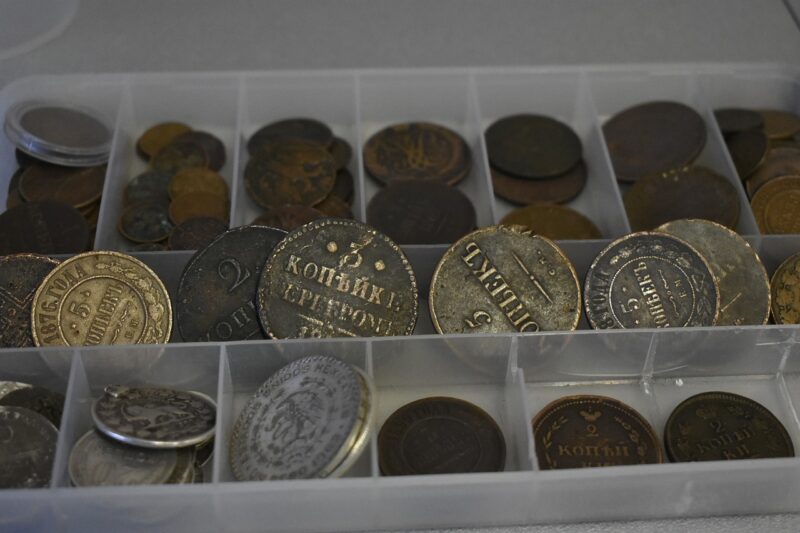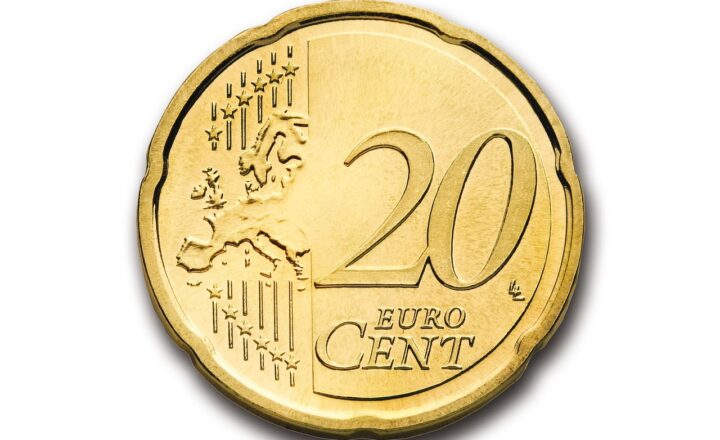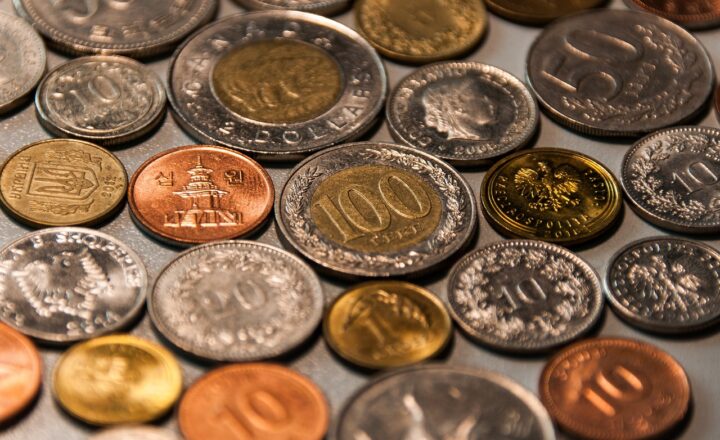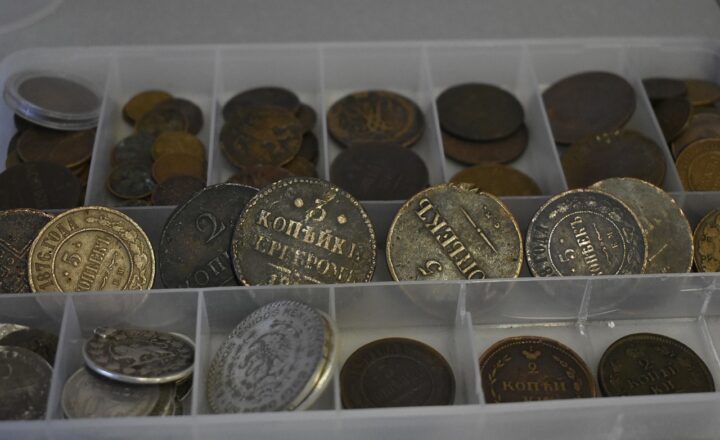The Basics of Coin Collecting: How to Start Your Collection and Spot Valuable Coins
November 13, 2024

Coin collecting is a fascinating hobby that offers a unique blend of history, artistry, and investment opportunities. Whether you’re a curious beginner or a passionate collector, starting your coin collection can be an exciting adventure. In this article, we’ll explore the foundational steps to begin your collection, how to identify valuable coins, and tips to enhance your collecting experience.
1. Understanding the Appeal of Coin Collecting
Coin collecting, also known as numismatics, appeals to many because it intertwines history and tangible art. Each coin tells a story about the time it was minted, the culture it represents, and often reflects intricate artistic designs. Here are some reasons why people are drawn to coin collecting:
- Historical Significance: Coins can provide valuable insights into historical events, economies, and societies through time.
- Aesthetic Appreciation: Many coins feature beautiful designs and craftsmanship, making them appealing as collectibles.
- Investment Potential: Certain coins can appreciate in value over time, making them not only a hobby but also a financial asset.
With this awareness, let’s delve into the practical steps to begin your coin collection.
2. Starting Your Coin Collection
Getting started in coin collecting can be straightforward if you follow these steps:
Step 1: Define Your Goals
Establish what you want to achieve with your collection. Are you collecting for fun, historical interest, aesthetic appreciation, or investment purposes? Knowing your goals can guide your purchases and research.
Step 2: Choose a Focus Area
Focus on a specific area that interests you. Some popular categories within coin collecting include:
- Type Collecting: Collect different types of coins from various eras or regions.
- Date Set Collecting: Collect coins from a specific year or decade, such as all pennies from the 1940s.
- Conditional Collecting: Focus on the quality and condition of coins, looking for high-grade examples.
- Thematic Collecting: Collect coins based on themes or properties, like animals or historical figures.
Step 3: Acquire Your Coins
Start gathering coins through various sources without overspending:
- Change: Check your pocket change for any interesting or rare coins.
- Coin Dealers: Visit reputable numismatic dealers for new acquisitions.
- Coin Shows: Attend local and national coin shows where many dealers and collectors congregate.
- Online Auctions: Websites like eBay and specialized coin auction sites can provide unique finds but always research the sellers beforehand.
Step 4: Maintain Records
Keeping a detailed record of your collection is crucial. A collection inventory can track the type, date of acquisition, purchase price, current estimates, and any interesting facts about each coin. Using spreadsheets, inventory apps, or dedicated coin collecting databases can enhance your collection management.
3. Spotting Valuable Coins
Not all coins are created equal; some coins have significant value. Here are some key tips to help you spot potentially valuable coins:
Know the Rarity
Rarity often drives coin value. Learn about mintages, which tell you how many of a specific coin were produced. Coins with lower mintages are typically more sought after. Books and magazines dedicated to numismatics can aid in your research of which coins are rare.
Check the Condition
Coins are graded on a scale from 1 (poor) to 70 (perfect). The better the condition, the higher the value. Familiarize yourself with terms like:
- Uncirculated (MS): No signs of wear or circulation.
- Brilliant Uncirculated (BU): A higher quality than uncirculated coins, showing no blemishes.
Look for Errors and Variations
Coin errors such as misprints, double strikes, or variations can significantly increase a coin’s value. Always research recent discoveries of errors, as they can garner a following among collectors.
For example:
- 1943 Copper Penny: A famous error coin, with only a handful existing.
- 1999 Wide Variety Quarter: A quarter featuring a large space between the ‘9’ and ‘1’.
Consult Price Guides
Use coin price guides to stay informed about market values. Publications like the “Red Book” and online databases can provide an overview of coin value trends.
4. Tips for Enhancing Your Coin Collecting Experience
As you grow your collection, consider these strategies to enhance your coin collecting journey:
Engage with the Community
Join local and online coin clubs or forums. Engaging with fellow collectors can offer opportunities to learn more, trade items, and participate in events.
Stay Informed
Subscribe to numismatic magazines or blogs, join relevant social media groups, and attend seminars. Staying up-to-date with trends and valuable discoveries enrich your knowledge and collecting strategy.
Protect Your Collection
Use proper storage methods, such as coin holders, albums, or tubes, to maintain your coins’ condition. Avoid handling coins excessively, and consider insuring your collection if it becomes significant in value.
Be Patient and Enjoy the Journey
Coin collecting is a marathon, not a sprint. Take your time in acquiring pieces you love while enjoying the learning experience.
Conclusion
Coin collecting is an enjoyable and rewarding pursuit that connects you with history, art, and potential financial investment. By understanding the basics, defining your goals, and continually learning, you can build a collection that brings you joy and sustains your passion for years to come. Remember, every great collection starts with that first coin. Happy collecting!






